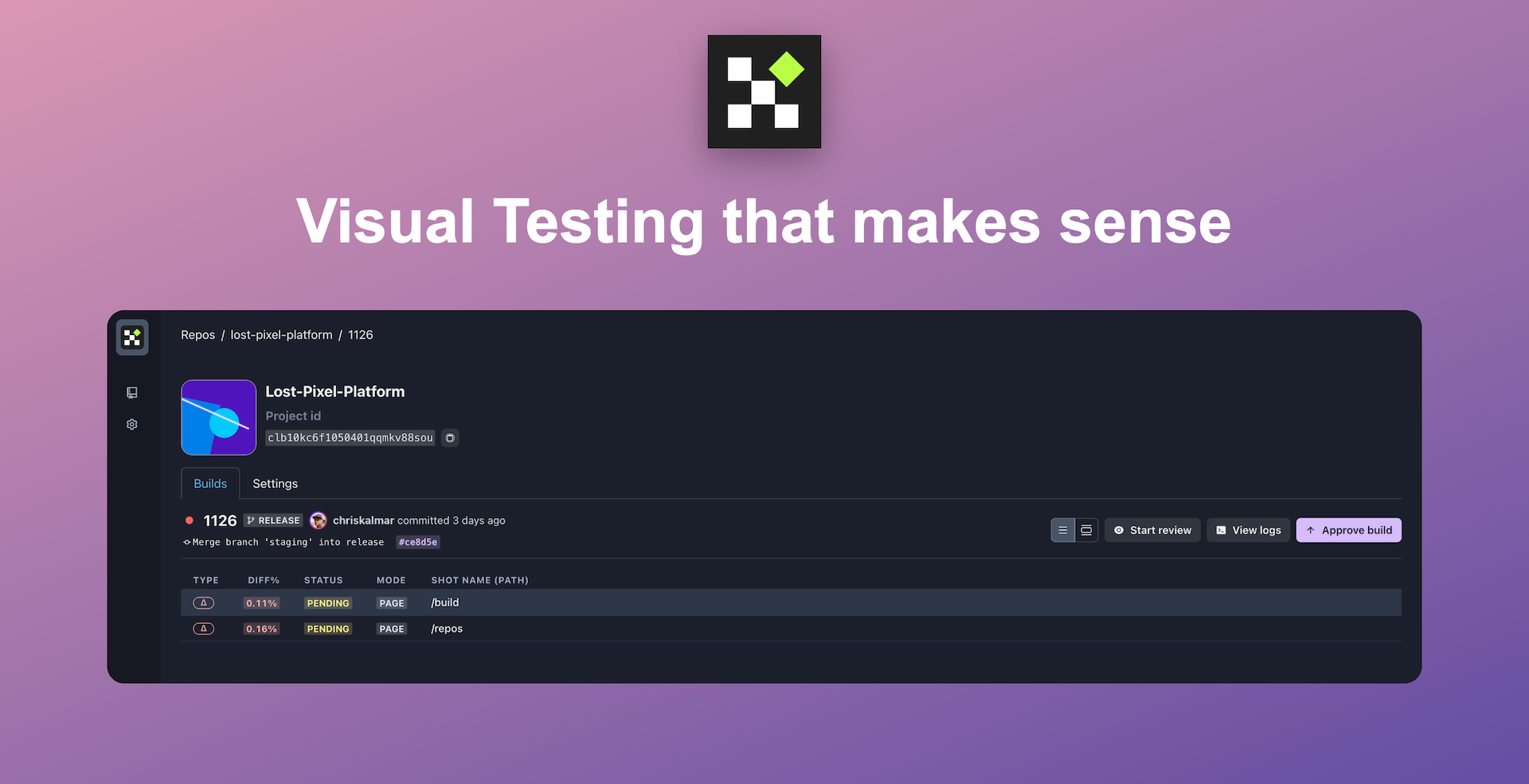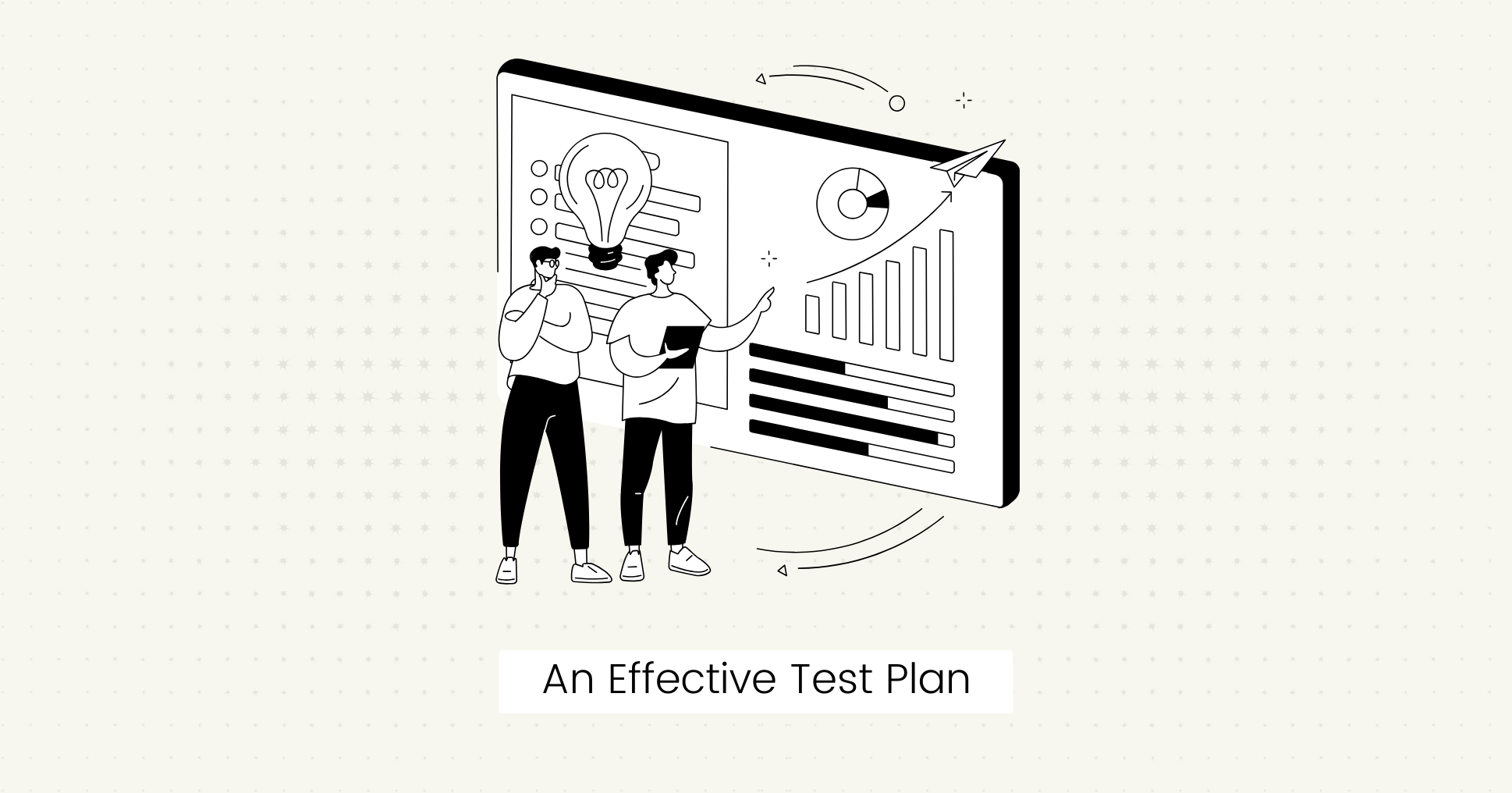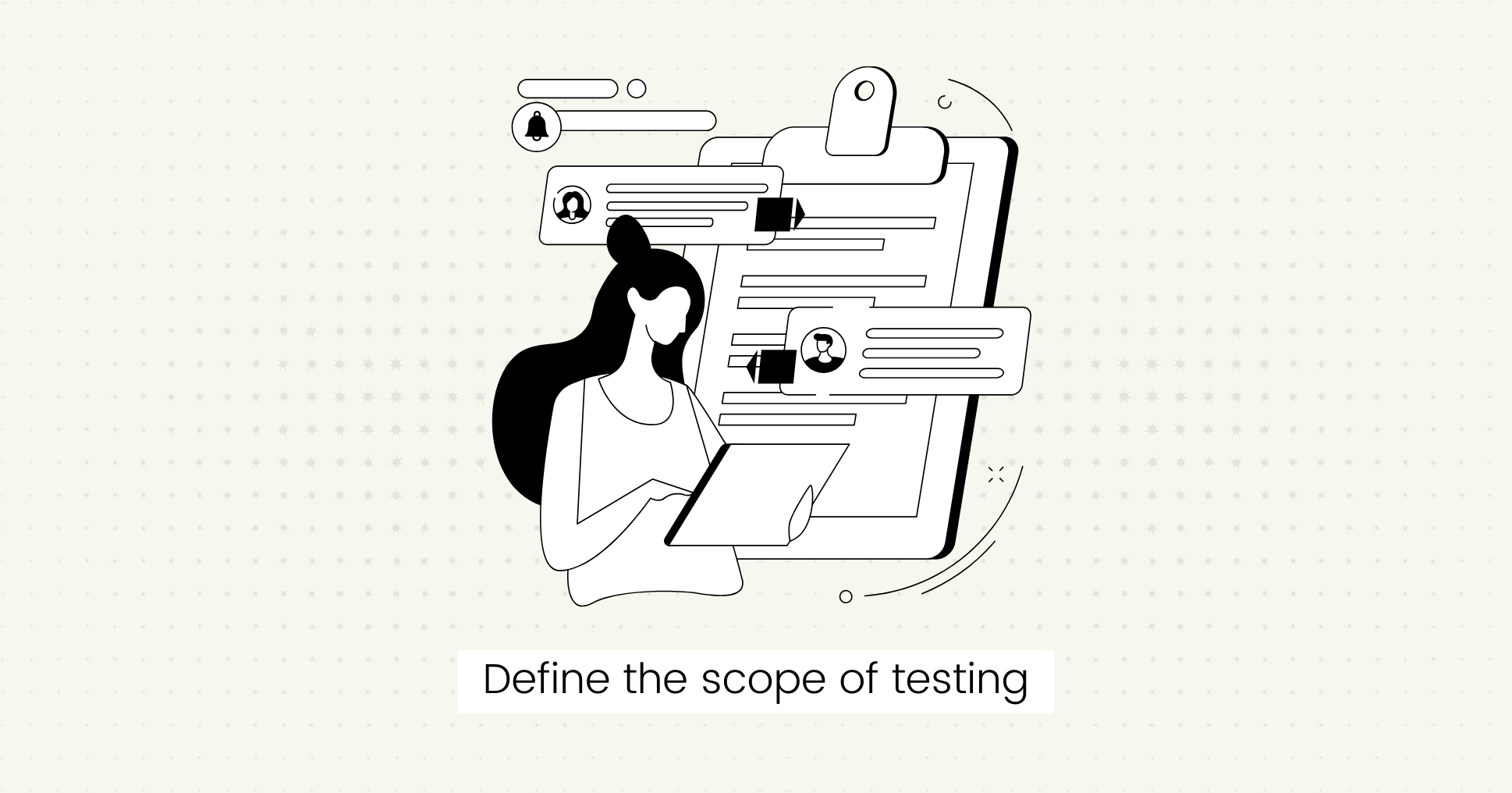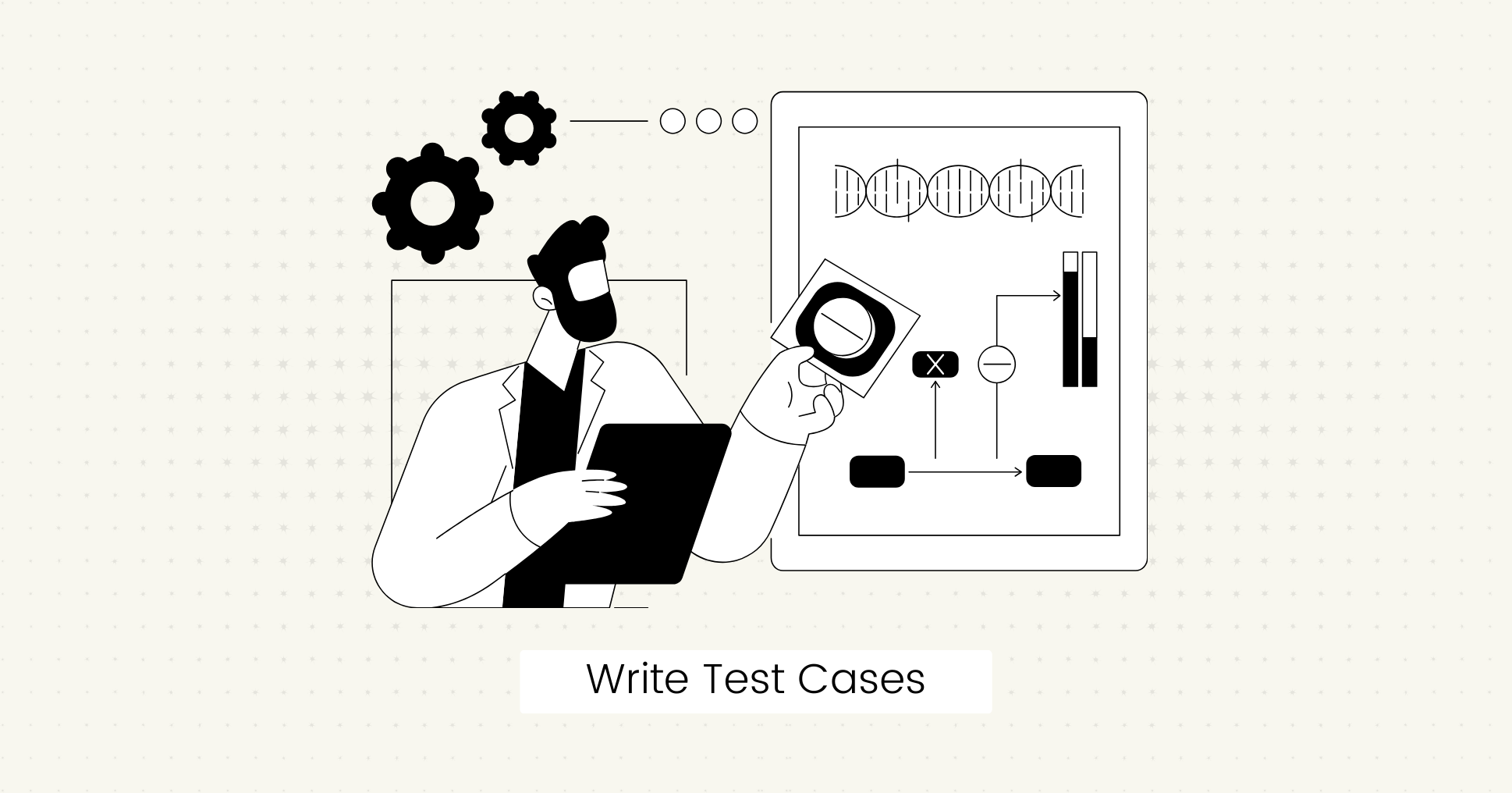An effective test plan is key to delivering high-quality software.
A test plan outlines what needs to be tested, how you will test it, and when it should be done.
It not only improves the security and reliability of your software but also makes the testing process less tiring.
This guide will help you create a comprehensive test plan that covers every aspect of your testing process to make it successful.
Here's what you will learn:
- What is a test plan, and what are its key components.
- What is the importance of creating a test plan?
- Who needs a test plan?
- How can you write an effective plan for your testing activities?
Let's get started.
What is a Test Plan in Software Testing?
A test plan is a document that describes the goals, resources, and schedule of a software project's testing activities.
It serves as a step-by-step guide for the testing process, ensuring that all aspects of the software are tested thoroughly to meet the highest standards of quality assurance.
Key Components of a Test Plan
A test plan includes the following information about the testing procedures:
- The purpose of the testing efforts.
- A detailed outline of what will be tested including features, functionalities, and components.
- The testing strategy to be used includes the types of tests (e.g., functional and regression).
- Resources and tools needed for testing.
- A timeline for the testing activities.
- Lists of test deliverables, such as test cases and reports.
- List any issues during the testing process and how they will be solved.
Importance of Test Plan
According to the latest Software Project Failure Statistics, less than 30% of software projects are completed successfully, and only 16% are completed on time and within budget.
The reasons for this high failure rate are inadequate test planning, miscommunication, and poor requirement management.
A well-defined test plan can solve these problems by:
- Risk detection: Identify and mitigate potential risks and defects early in the software development lifecycle.
- Clear objectives: Provide guidelines to the testing team so everyone understands their tasks and responsibilities.
- Faster time to market: A clear testing strategy makes the development process smooth and efficient, which leads to projects reaching production faster.
- Resource allocation: An effective test plan facilitates improved management and utilization of resources between team members.
- Quality Assurance: Test plans help reduce development and maintenance costs and address issues early to guarantee that software meets the specified requirements before release.
- Communication: It acts as a communication tool between team members and other stakeholders to ensure everyone is on the same page.

Set up visual regression tests in minutes with Lost Pixel Platform. Do not let your users find bugs first.
Who Needs A Test Plan?
A test plan is essential to successfully delivering the final product to various stakeholders involved in a software development project.
It is a reference document to help everyone involved understand the testing objectives, strategies, and criteria for a smooth and efficient testing process.
That's why you need to write your test plan with your audience in mind and precisely convey the information they need.
Here are the key people who can benefit from a test plan:
- Developers: A test plan can help them understand what will be tested and why so they can create testable code with potential defects and success criteria in mind.
- QA testers: Who execute and document test cases based on the instructions provided in a test plan. This helps them manage test cases and track and monitor progress for complete coverage of all critical areas.
- Product Owners: Who want to ensure that the test objectives align with business requirements to deliver a product that meets user needs and functions as expected.
- Project Managers: Who wants to know what is being tested to make informed decisions about resource management and release schedule.
- Customer Support: Who provide insights into how customers use your software and what issues they face. With a test plan, they can prepare for potential problems and create effective strategies to help and support users.
- Sales Teams: A test plan can assure salespeople that the product meets quality standards and is ready for release.
How to Create an Effective Test Plan for Software?

Now that you know the importance and benefits of a test plan, it's time to write one for your specific testing requirements.
But before you get into the details, make sure to get a clear idea about the nature and size of your project. This will help you create a test plan that addresses its specific needs and challenges.
You can do this by asking yourself these important questions:
- What type of project are you currently working on? Is it a web application, mobile app, or enterprise solution?
- How many people are involved, and what are their specific roles?
- Are you in the early stages of development, halfway through, or nearing completion?
- What are the technical requirements for your project?
This strategic approach will make your testing efforts more organized and aligned with your business goals.
Here's a step-by-step guide to help you through the process:

Set up visual regression tests in minutes with Lost Pixel Platform. Do not let your users find bugs first.
Learn about your software product
The first step is to analyze your product to determine what needs to be tested and how.
You need to identify any specific requirements and constraints impacting your testing process. Such as:
- Functional Requirements: The core functionalities and features that need to be tested.
- Non-Functional Requirements: The performance, security, and usability requirements that impact software quality.
- Standards Compliance: Any industry standards or rules your project must follow.
Gather insights from stakeholders, including product owners, developers, and end-users, to understand what they want to use it for.
This will help you create more relevant and useful test cases.
Have clear test Objectives
The next step is to define the objectives of your software test plan.
An objective is the reason or purpose for writing a test and determines what you want to achieve with your testing efforts.
For example:
- Verify that the software meets the specified requirements.
- Find and fix defects before the software is released.
- Check that the software is user-friendly and performs well under different conditions.
- Test that existing or new features work correctly after implementing changes.
Clear objectives will help you decide the type of tests to perform and define the scope and test criteria for success evaluation.
Define the scope of testing

It is important to outline the boundaries of the testing activities to manage expectations and focus on critical areas.
Define the scope to specify what will be included in the tests and what will not be tested.
You can consider the following in your testing strategy:
- The modules, components and functions needed to be tested for detailed analysis.
- Features that are most used or are complex and prone to errors.
- Features planned for future releases that you can exclude from tests.
- Prioritize testing areas based on the level of risk, business impact, and user experience.

Set up visual regression tests in minutes with Lost Pixel Platform. Do not let your users find bugs first.
Create a testing strategy
The next step is to create a test strategy that describes the overall approach to testing.
It includes the methods and types of tests you need to perform to achieve the test objectives.
You can consider the following test types based on requirements:
- Functional testing: Identify that functional components and features work as expected.
- Performance testing: To evaluate the speed and stability under different conditions and user scenarios.
- Regression testing: To verify that new changes or updates do not affect existing functionality.
- Integration testing: Test the interactions between different components to see if they work together smoothly.
- Unit testing: To check individual components for functionality.
- Usability testing: To evaluate the ease of use by observing how real users interact with your product.
Tip:
You can check out QA checklist examples to create a thorough test strategy for full coverage testing.
Write test cases

Writing effective test cases is one of the main tasks when creating a test plan.
A test case provides step-by-step instructions for executing the tests, including expected outcomes and pass/fail criteria.
It also includes positive and negative test scenarios to handle edge cases or unexpected behavior.
Here are some types of test cases you can create for different test scenarios:
- Functionality: Verify the login functionality to check that the user is successfully logged in and redirected to the homepage.
- Boundary value: Check that the username field only accepts the required input data length.
- Performance: Measure response times, speed, and memory usage under different network conditions and traffic loads.
- Usability: Test that navigation links and dropdown menus work properly.
For negative test cases:
- Test that submitting a form with invalid data shows error messages.
- Verify that login fails when incorrect credentials are entered.
Choose your test Criteria
After creating your test cases, you must select criteria for validating your test results.
This involves the standards or benchmarks you can use to decide the success or failure of testing activities:
- Entry criteria: The conditions that must be met before testing can start. For example, you can start testing after code completion.
- Suspension criteria: Conditions that should be fulfilled before testing can stop. For example, stop testing if the software cannot be run due to performance issues.
- Exit criteria: It includes conditions that must be met before testing is completed. For example, you can conclude testing when there are no more critical bugs.
Plan resources allocation

Resource planning involves allocating the necessary resources required for testing.
Human resources
It consists of testers, test automation engineers, and developers involved in the testing process.
Managing human resources involves:
- The number of people required for the testing process.
- Their roles and responsibilities.
- Any skills or training they will require to work effectively.
Testing tools
Select the tools needed for test execution, management, and QA automation testing.
Choosing appropriate tools is important based on the type of testing you want to perform.
Such as:
- UI testing tools like Lost Pixel.
- Performance, stress, stability, and load testing tools.
- Cross-browser testing tools.
- Usability testing tools like Maze and UserTesting.
- Test management tools like Jira and TestRail.
Time and cost estimation
Include a test schedule in your plan that outlines the timeline for each testing phase and budget limitations for successful project execution.
You also need to identify and include potential risks that could impact the testing activities and develop strategies for managing them.
Such as:
- Incomplete requirements.
- Insufficient resources.
- Deadlines.
Set up your test Environment
The test environment is where the testing takes place, allowing testers to validate the software's functionality, performance, and compatibility under controlled conditions.
It includes:
- The hardware and software required for testing.
- Network configurations and system setup.
- Test data preparation.
You can conduct a smoke test to verify the test environment and ensure the software is stable enough for further testing.
Test deliverables
Lastly, you need to outline the outcomes and results of the testing process.
- Summary of executed tests.
- Results of each test case, including pass/fail status.
- Defects report listing issues by severity and priority.
- Test coverage statistics.
- User acceptance testing (UAT) report.
- Release notes detailing new features, enhancements, and bug fixes.
- Software maintenance and support plans post-release.
Final Words
A well-crafted test plan is an important part of the system design lifecycle that contributes significantly to the project's overall success.
Make sure your test plan document is clear, concise and adaptable to changes in the testing requirements for foolproof testing of your software.
FAQs
What is a test plan in Agile development?
In Agile development, a test plan outlines the testing approach, scope, resources, and schedule for verifying software increments during iterative development cycles.
How can I manage changes to the test plan during software testing?
Regularly update the test plan and communicate changes clearly to the team.

About Dima Ivashchuk
Hey, I'm - Dima the co-founder of Lost Pixel. I like modern frontends, building stuff on the internet, and educating others. I am committed to building the best open-source visual regression testing platform!
